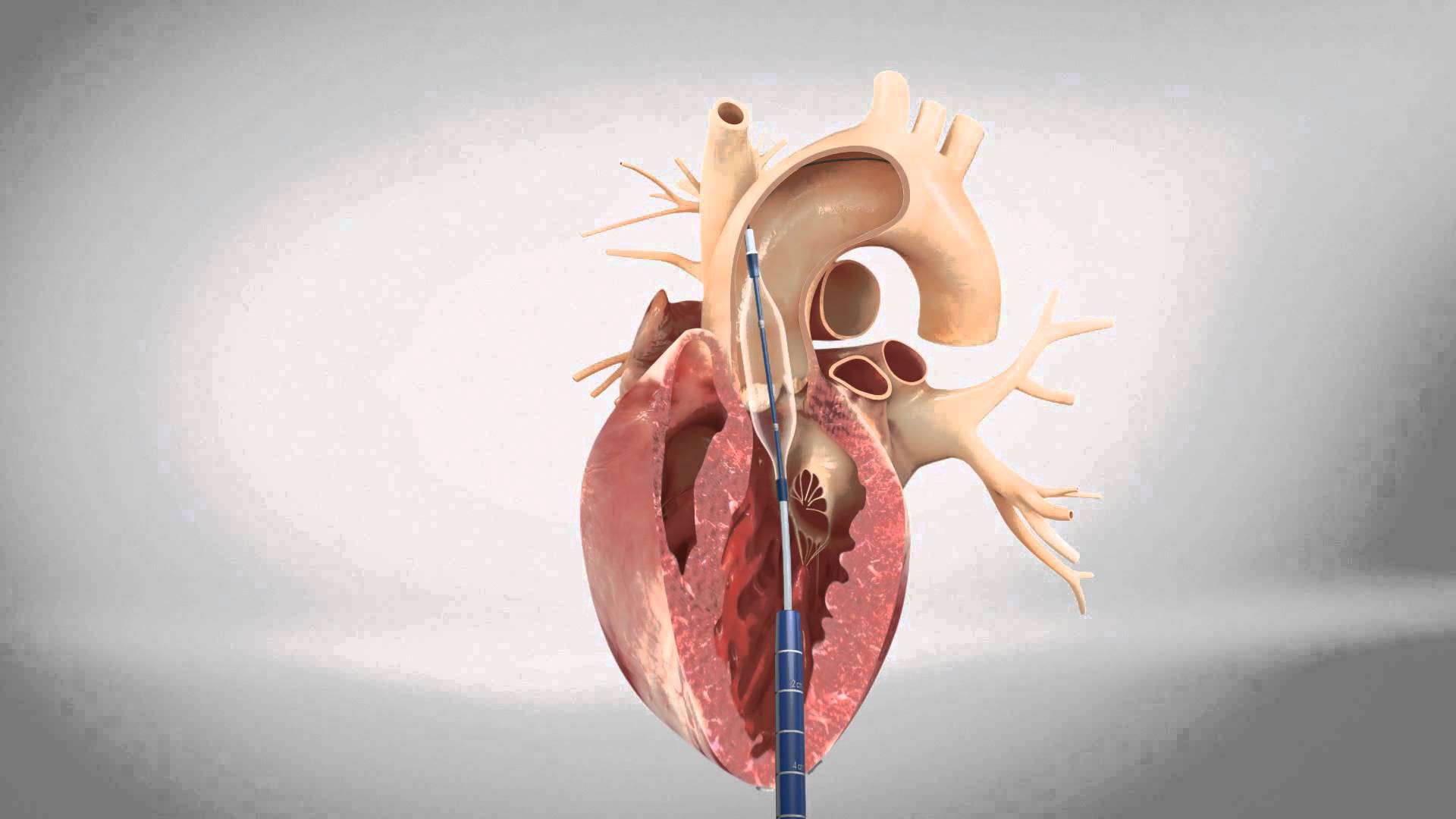Transcatheter Aortic Valve
Transcatheter aortic valve replacement is a medical procedure that focuses on the exchange of a diseased aortic valve. It is the replacement of the existing valve with a man-made valve. Aortic stenosis, which is the narrowing of the valve, increases the strain on the human heart, which ultimately leads to heart failure.
The replacement is medically done for patients with consistent heart problems due to aortic valve stenosis. Moreover, patients of old age have higher risks of experiencing narrowed aortic valves. Therefore, the process promotes the patient’s chest pain and fatigue and assists in minimizing the shortness of breath.

Background Information of Transcatheter aortic valve
The aortic valve is one of the four main valves in the human heart that regulate the flow of blood. The valve controls the blood that flows from the heart via the aorta to the rest of the body. The valve has a major function, and over time, congenital disabilities lead to aortic stenosis. Transcatheter aortic valve implantation is a process that helps treat aortic stenosis.
The medical problem involves the narrowing of the aortic valve, which blocks the blood flow into the body. Increased compression leads to high amount of heart rates, which makes the heart work harder. The process causes the patient to experience high levels of chest pain and reduced rates of breath. TAVR procedure substitutes the aortic valve with a man-made valve made from animal tissues. Besides, medically, the process is marginally invasive, which demands a small cut in the skin.
The TAVR process involves the insertion of a tube through the femoral artery blood vessel. The doctor can apply the transapical access procedure and can use the blood vessels in the human chest to guide the tube. If the arteries are more diseased, the doctor can use the stomach blood vessels to insert the tube. The stomach procedure requires access to the veins first and then the arteries.

Accessing the heart the vessel below the clavicle and colored bone can be used if the patient has prior heart surgery. Doctors excise the catheter process via the carotid artery, which is located in the neck part that connects to the heart. Moreover, patients can remain awake throughout the process, depending on the nurses’ instructions.
TAVR process is medically approved for patients with symptomatic illness, prolonged aortic stenosis and patients who might experience complications during extreme surgical processes. The process is beneficial to aged people who are highly sensitive to traditional forms of operations.
The TAVR procedure reduced the number of days required for heart surgeries to four. The approach provides a lengthened quality of life by 3 percent and costs an average of $16,000 in lifetime costs. The hospital’s lifetime cost-effectiveness increased to $43,000 per patient.
PHOTO CREDIT: GOOGLE.COM
WRITTEN BY: AMEDICC.COM
